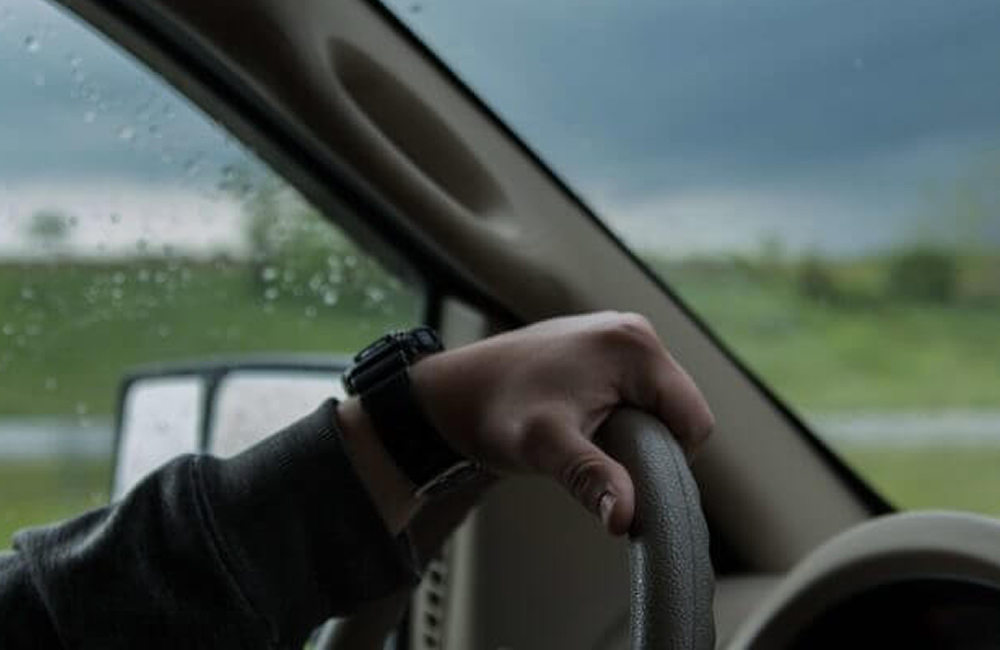Rwanda, a country known as the “Land of a Thousand Hills,” offers a picturesque landscape that entices travelers from around the world. With its lush greenery, vibrant culture, and welcoming people, Rwanda is a destination worth exploring. However, like any other country, navigating its roads, particularly in the context of self-driving with a Rwanda car rental, requires careful consideration of safety precautions. In recent years, self-driving technology has gained traction globally, offering convenience and flexibility to travellers.
Understanding the Road Conditions
Rwanda’s landscape is characterized by its hilly terrain, which presents unique challenges for drivers. The roads, while scenic, can be narrow, winding, and at times, steep. It’s crucial for self-driving travellers to understand the nature of these roads and adjust their driving accordingly. Here are some safety precautions to consider:
- Speed Control: Given the winding nature of many roads in Rwanda, it’s essential to maintain a controlled speed. Excessive speed can not only be dangerous but also increase the risk of accidents, especially on sharp bends.
- Braking Distance: Uphill and downhill sections require careful management of braking distance. Drivers should anticipate changes in gradient and adjust their speed accordingly to prevent sudden braking, which could lead to loss of control.
- Vehicle Condition: Before embarking on a self-driving journey in Rwanda, it’s crucial to ensure that the vehicle is in good condition. Brakes, tires, and suspension systems should be checked thoroughly to handle the demands of the terrain.
- Visibility: Fog and mist are common, especially in the early mornings and evenings. Drivers should use headlights and fog lights when necessary to enhance visibility and ensure they are visible to other road users.
Understanding Local Regulations:
Adhering to local regulations is paramount for safe self-driving in Rwanda. While some rules may be similar to those in other countries, there are specific regulations that drivers should be aware of:
- Driving License: Foreign visitors must possess a valid international driving permit along with their national driver’s license to legally drive in Rwanda. It’s essential to carry both documents at all times while driving.
- Seatbelt Usage: Seatbelt usage is mandatory for all occupants of a vehicle in Rwanda. Drivers should ensure that seatbelts are fastened before starting the journey, and passengers should be reminded to do the same.
- Alcohol Limit: The legal blood alcohol concentration (BAC) limit in Rwanda is 0.08%. It’s essential for drivers to abstain from alcohol consumption before driving to ensure they are not impaired.
- Mobile Phone Usage: The use of mobile phones while driving is prohibited in Rwanda unless a hands-free system is used. Drivers should refrain from using their phones to make calls or send messages while on the road.
Cultural Sensitivities and Interactions
Understanding and respecting local customs and cultural sensitivities can enhance the safety of self-driving experiences in Rwanda. Interactions with other road users, pedestrians, and communities along the way should be approached with cultural awareness:
- Pedestrian Awareness: Pedestrians, including children and livestock, often share the roads in rural areas. Drivers should exercise caution and be prepared to slow down or stop to allow pedestrians to cross safely.
- Courtesy on the Road: Rwandans appreciate courteous driving behaviour, such as yielding to other vehicles when necessary and using indicators to signal intentions. Practicing patience and respect for fellow road users fosters a safer driving environment.
- Community Engagement: Self-driving presents an opportunity to interact with local communities and learn about their way of life. However, it’s essential to approach interactions with respect and sensitivity, avoiding intrusive behaviour or disturbances.
Technological Considerations
Incorporating technology into self-driving endeavors can enhance safety and convenience. Here are some technological considerations for self-driving in Rwanda:
- GPS Navigation: Utilizing GPS navigation systems can help drivers navigate unfamiliar routes efficiently. However, it’s advisable to cross-reference GPS directions with local knowledge, as some remote areas may have limited connectivity or inaccurate mapping data.
- Mobile Apps: There are various mobile apps available that provide real-time traffic updates, road condition information, and emergency assistance. These apps can be valuable tools for self-driving travellers in Rwanda, helping them stay informed and prepared for any eventualities.
- Vehicle Tracking: Installing vehicle tracking devices or apps can provide an added layer of security, allowing drivers to share their location with trusted contacts and receive assistance in case of emergencies or breakdowns.
Conclusion:
Self-driving in Rwanda offers travellers a unique opportunity to explore the country at their own pace and immerse themselves in its breathtaking landscapes and vibrant culture. However, ensuring safety on the roads requires careful consideration of various factors, including road conditions, local regulations, cultural sensitivities, and technological advancements. By adhering to recommended safety precautions, self-driving travelers can navigate Rwanda’s roads confidently and responsibly, making the most of their journey while prioritizing the safety of themselves and others.

Leave a Reply